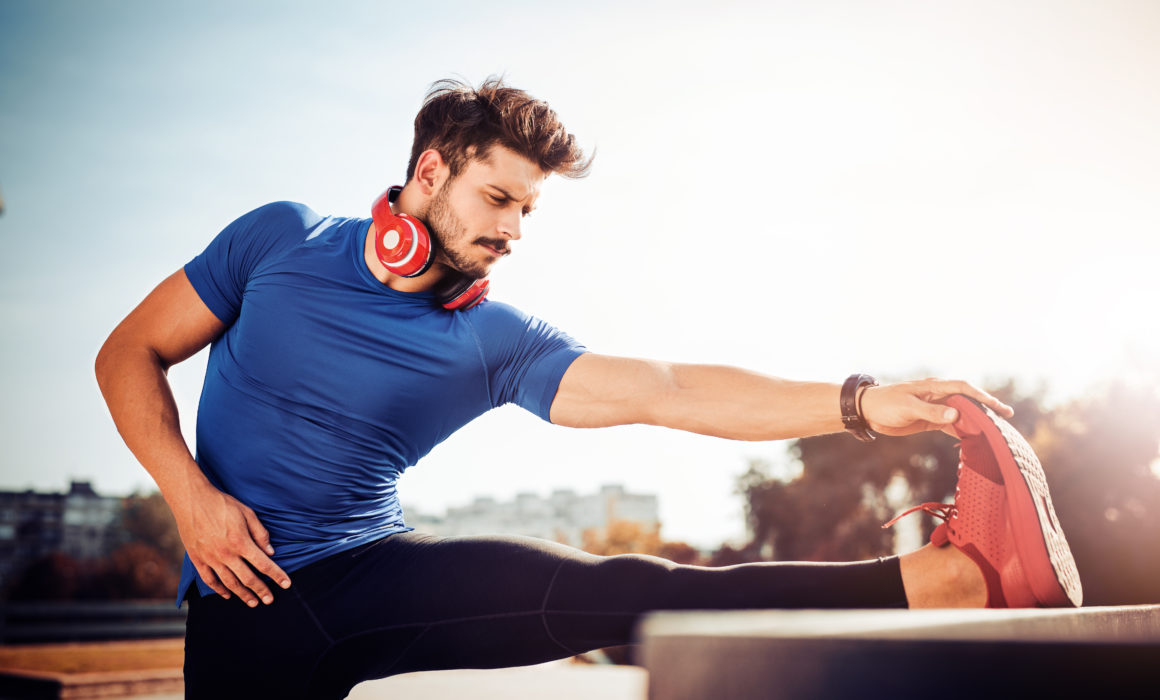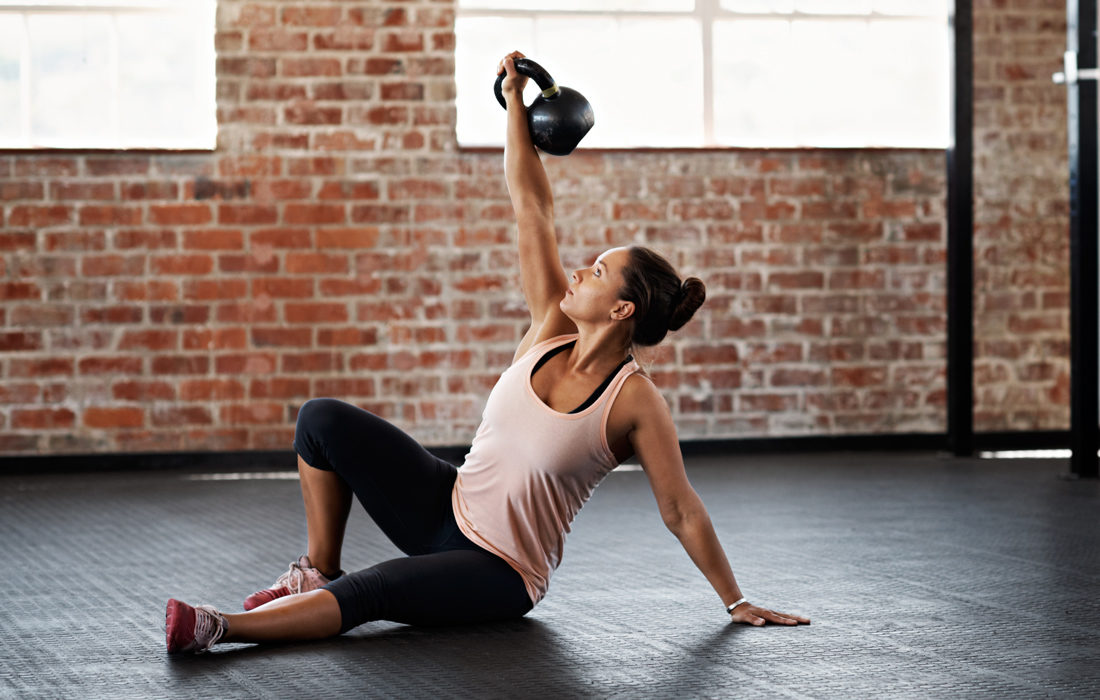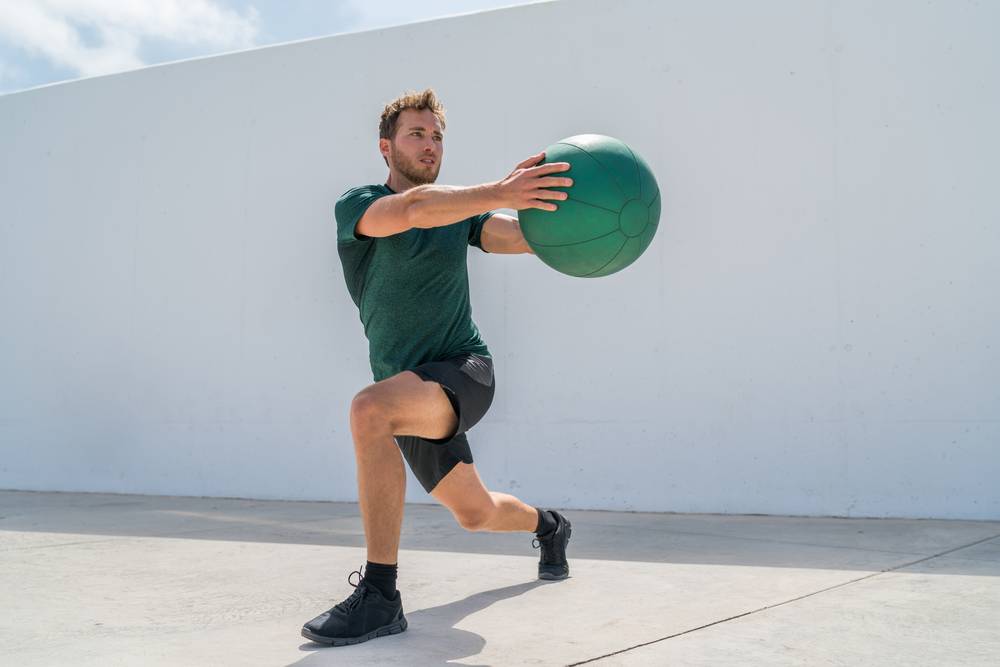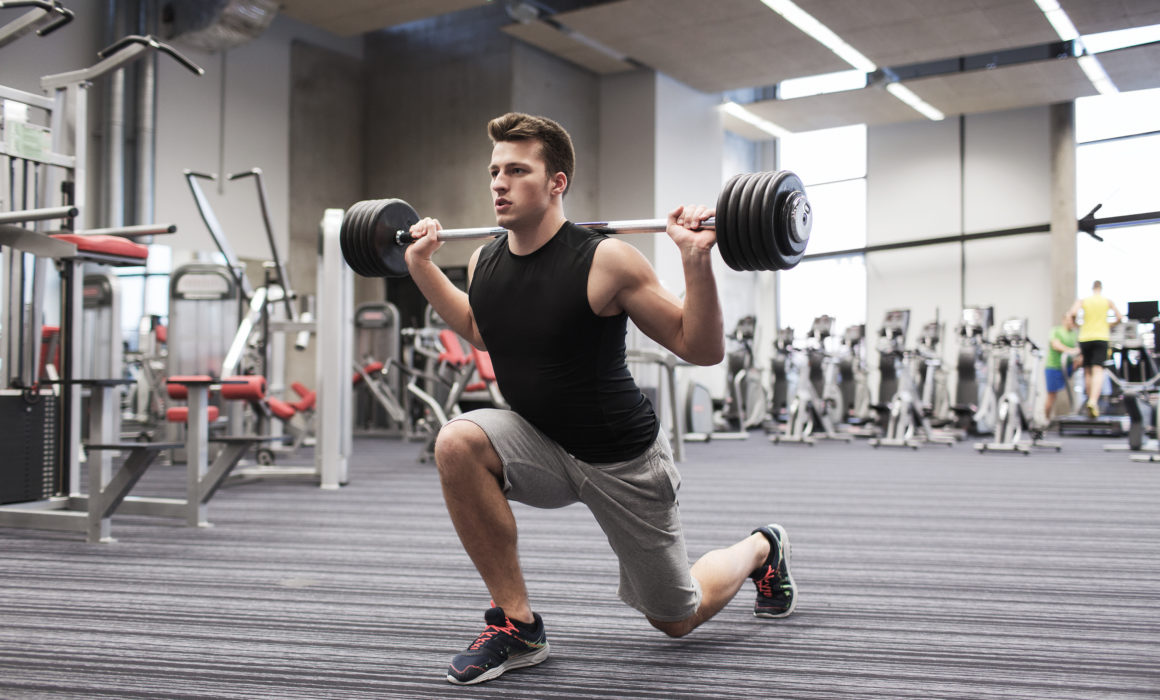Prime Your Body For Results with This Short Stationary Dynamic Warm Up
Prime Your Body For Results with This Short Stationary Dynamic Warm Up
Are you doing a dynamic warm up before your workout routine? If you’re not, you could be leaving performance benefits on the table and potentially putting yourself at risk for injury. I know it may not always be practical to spend 15 minutes going through a dynamic warm up, but it is important that you elevate your heart rate, take your body through full range of motion, and activation your muscles before doing any workout routine.
5 benefits of a dynamic warm up
- Increase core body temperature
- Increase blood flow
- Lubricate joints
- Enhance joint mobility/flexibility
- Muscle activation
If you’re short on time and have limited space, this is the perfect warm up routine for you. Perform this short stationary dynamic warm up prior to your workout to prime your body for max results!
Exercises
Jumping Jacks (30 reps)
Split Jacks (30 reps)
Cross Jacks (30 reps)
Knee Hug w/ Ankle Circle (6 reps each)
Quad Stretch w/ Forward Lean (6 reps each)
Inverted Toe Reach (6 reps each)
T-Spine Lunge w/ Rotation (6 reps each)
Infant Squats (8 reps)




